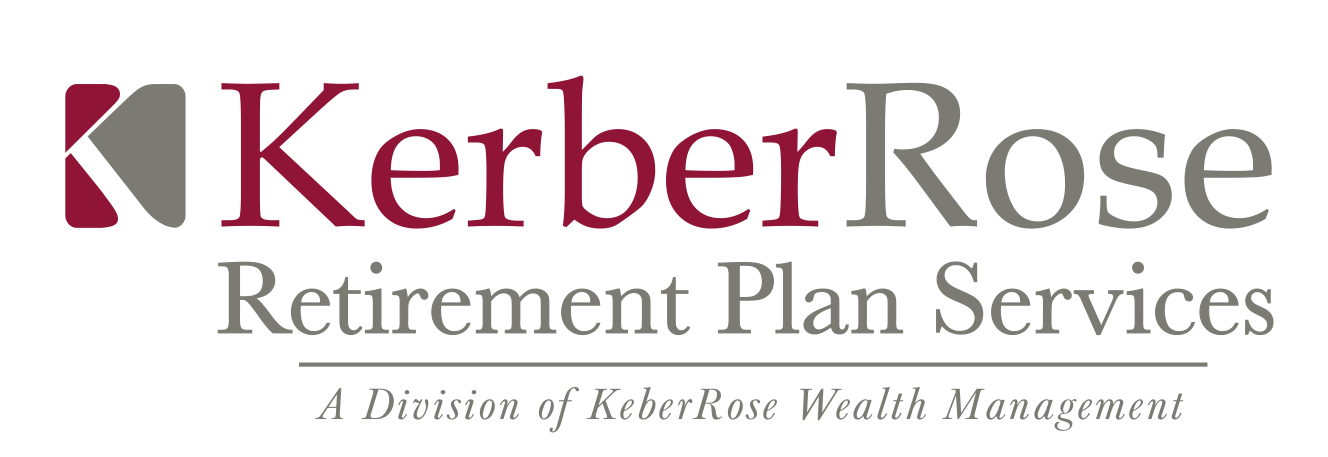What is Roth and What Does it Mean for Me?
When you hear Roth 401(k), Roth IRA, or just Roth, this is generally referring to a specific type of tax benefit your savings may receive. You pay taxes on Roth contributions for the taxable year in which they are made. “Traditional” contributions typically mean your contributions were taken out of your paycheck on a pre-tax basis. In other words, you’re going to pay taxes on this money in a later year. Many plans offer an option to make Roth contributions. Additionally, most plans do not just offer one or the other; you typically have the option to make both, or either, type of contribution!
Here are some things to consider when choosing between making traditional or Roth contributions:
Growth
Traditional - When you withdraw the funds at retirement, you will be paying income taxes on the entire amount, the initial contribution, and the investment growth.
Roth – If you meet certain timing rules, no tax is owed on the growth upon distribution. You already paid taxes when you contributed the original amounts to the plan, and the investment growth will accumulate tax-free.
Tax Savings
Traditional – You receive a current tax benefit. By making these contributions pre-tax, your taxable income will be reduced, lowering the taxes you owe on the current year.
Roth – Does not provide current tax savings.
At Distribution
Traditional – When you have reached retirement age and start taking distributions, this will be treated as taxable income. This will be comprised of both your initial contribution and the growth.
Roth – Again, if you have met certain timing requirements, you will not owe any taxes on distribution.
Things to Consider
Individuals in current low tax brackets may benefit more by paying the taxes up front with a Roth contribution. Also, if you’re a young investor, the account has much more time to grow and avoiding taxes on this growth could prove to be very favorable.
If you are looking to save money on current income taxes, a traditional contribution accomplishes this goal by deferring taxation until distribution.
Your tax bracket may also be a factor to consider when making this decision. If you believe you will be in a lower tax bracket at retirement, you may want to pay taxes then, and choose traditional.
Don’t forget you may have the option to do both! You may want to split your contribution up between the two types of contributions, thereby accruing some tax assistance today while also lessening your tax hit upon distribution.
We know weighing these options can be hard to do alone. Connect with a Trusted KerberRose Retirement Advisor to discuss what contribution type is best for you.
For more information, contact KerberRose Retirement Plan Services at (715) 524-6626 or 401kservices@kerberrose.com.

